20.3.
Cleaning
Parts that are observed not damaged or worn beyond repairable limits are cleaned. During cleaning the parts, it is necessary to make a thorough observation of condition of each part to conclude on the kind of service and operation the engine has had. This is useful in analyzing malfunctions noticed during parts inspection.
Two basic types of cleaning done on an engine are degreasing and decarbonising. Petroleum spirits are used for degreasing, which only remove grease and oil. Some degreasing cleaners can also be mixed with petroleum spirits or kerosene, which are sprayed on the parts to be cleaned, and then the parts are hosed off with water. This removes dirt as well as grease and oil.
The parts to be cleaned are submerged in a decarbonising chemicals bath. The cleaning action can be speeded up by heating the decarbonising bath. After a soak period, parts are removed and hosed off with water. Decarbonising materials are very irritating to skin and so if they contact the skin they should be immediately rinsed off.
Vapour degreasers are very effective in cleaning parts. Parts come from the vapour tank with a powdery surface, which can be easily brushed off. The parts become dry after cleaning so that they rust easily. After inspection, they are lightly oiled.

Fig. 20.18. Chipping the carbon from the intake valve with a discarded valve.
Heavy deposits can be removed by scraping (Fig. 20.18), wire brushing, or blasting. However, eye protection is a must when using any of these cleaning methods. Care must be taken to avoid
damaging the part as it is cleaned, specifically when cleaning soft metals such as aluminium and bronze. Scraping is usually done with a blade, such as a putty knife. Wire brushing may be done with a hand brush or with a power brush, either in hand drill (Fig. 20.19) or as a wire wheel. Abrasive blasting is done with a special nozzle using air pressure to blow glass or plastic beads. These beads have a tendency to lodge in the corners of the part being cleaned. The beads must be thoroughly cleaned from the part before reassembly.

Fig. 20.19. Cleaning the carbon from the head with a wire brush on a drill motor.
The valves are usually cleaned on a wire brush (Fig. 20.20). The rocker assemblies, push rods, springs, and retainers are cleaned with solvents or vapour degreasers. The hard carbon deposit on the head is removed by scraping or wire brushing. Valve guides are cleaned with a valve guide cleaner using either scraping blades or wire brush on the tool (Fig. 20.21). The head is finally cleaned with solvents or vapour degreasing.

Fig. 20.20. Removing carbon from a valve with a bench wire wheel.
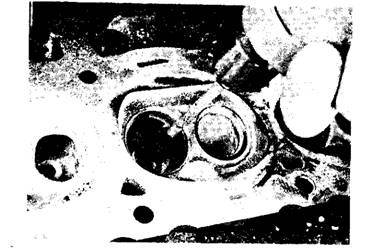
Fig. 20.21. Removing carbon from a valve guide with a valve guide cleaner.
Cleaning the lower-engine is similar to cleaning the upper-engine as described above. In some cases, the piston rings are removed before cleaning. In other cases, the pistons are treated with a preliminary degreasing before the rings ar removed. A piston ring expander (Fig. 20.22) should be used to remove piston rings. Care should be taken to avoid damage to the piston while the rings are removed and once they are taken off, they should be checked for unusual conditions. When the interference-fit piston pin is to be replaced, it is pressed from a correctly sized rod after removing arbor and support plate to prevent piston damage as illustrated in Fig. 20.23. Free-floating piston rings are pushed out of the piston after removing the retaining rings. The piston is put under hot water so that it expands to permit easier pin removal.
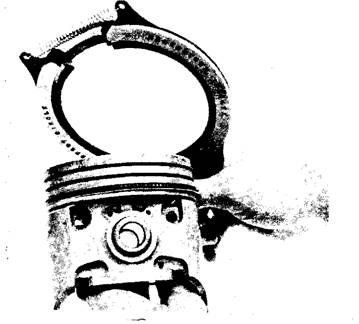
Fig. 20.22. Removing the piston rings with a ring expander.
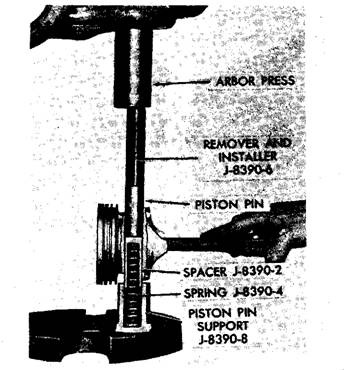
Fig. 20.23. Pressing a piston pin from a piston and a rod.
The carbon on the head of the piston is removed by scraping with a blade, such as a putty knife (Fig. 20.24). Special care should be taken to avoid rounding any of the sharp edges on the piston or removing any piston metal. A wire buffing wheel should not be used on aluminium pistons because it usually rounds the edges. Production shops may clean pistons with a glass or plastic bead blast. Piston ring grooves are scraped clean with a ring groove-cleaning tool (Fig. 20.25). Grooves can also be cleaned by carefully using a broken ring filed to a sharp edge. All of the carbon deposits should be removed from the sides of the ring groove. Piston cleaning can be finished in a decarbonising bath or vapour degreaser.
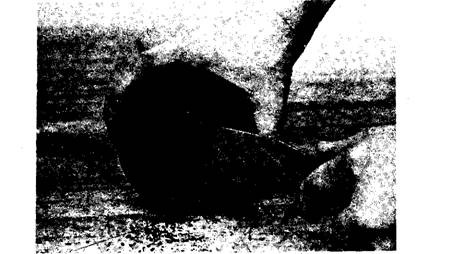
Fig. 20.24. Cleaning the piston head by scraping the carbon.
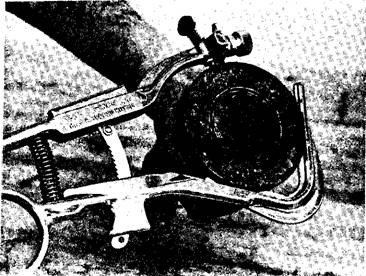
Fig. 20.25. Cleaning the piston ring grooves with a special ring groove cleaner.
All of the disassembled parts are cleaned with a decarbonizer, which can be a hot chemical or vapour tank. After the chemical decarbonisation the parts are washed with hot water and dried with compressed air. However, parts removed from the vapour tank may only require blowing and wiping to clean the dust that remains on the surface.
Iron and steel parts if completely free of oil usually rust rapidly. It is a good practice to wipe all machined surfaces with an oily rag. This leaves a very light oil film on the surface so that rust is prevented. When all of the parts have been thoroughly cleaned, they are ready for inspection.
